Technical
Industries & Clientele
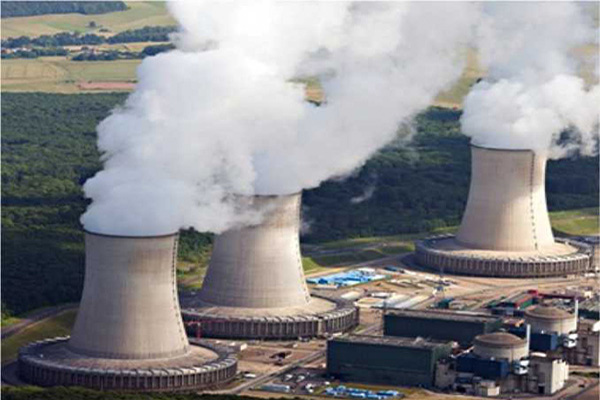
Slurry Pumps
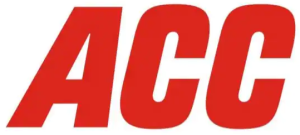








Dewatering Pumps









Nonclog & Waste Water Pumps
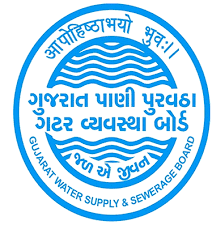








Clear & Raw Water Pumps









Stainless Steel Pumps
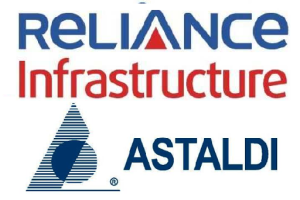








Hot Water Pumps






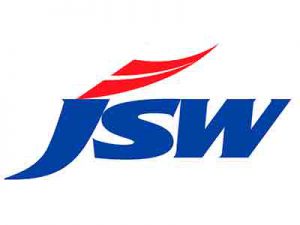
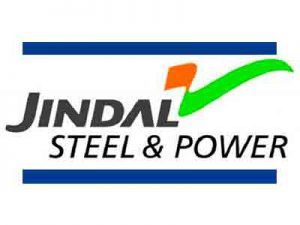
Watch Video
Technical
There are several reasons as to why the permitted full load current could be exceeded when operating the pump: undervoltage, current imbalance in three-phase motors, motor has a short circuit, incorrect wiring or faulty electrical connections, viscosity or density of the pumped medium too high, or the pump is worn or blocked. However, the pump may also be undersized for the application in question, and may be operating in excess of its nominal flow rate. In this case, try to partially close the shut-off valve on the pressure side in order to throttle the flow rate until the motor current returns to the acceptable limits.
In order to increase the service life of both pump and motor, always use control panel. By using Control panel, the submersible pump is saved from various conditions like undervoltage, current imbalance, single phasing, short circuit or faulty electrical connections & many more. Control Panel also safeguard pump when the motor is overload due to viscosity or density of the pumped medium too high, or the pump is worn or blocked.
The pump’s input power is the pump’s power requirement under the present operating conditions. The rated motor output, including the operating factor, must be equal to or greater than the pump’s power requirement. If the pump’s power requirement is greater than the rated output of the motor, the motor is drawing more current than intended. This leads to overheating of the motor, and will potentially damage it. The performance curve have pump related data like its flow, head, outlet size, solid handlig, efficiency etc,.
The term “inlet” refers to a suction state with positive inlet pressure in which the pumped medium is supplied from a point located above the pump’s suction port and which is in contact with the atmosphere (open system). This means that the pressure applied at the pump’s suction port is greater than or equal to atmospheric pressure.
No, most pumps which are designated as self-priming have a lift potential of 20-25FT vertical or its equivalent. It is a matter of atmospheric pressure (14.7psi at sea level) pushing on the surface of the water and therefore into the pump. The suction lift potential is controlled by Mother Nature, not the pump motor size.
No, bigger is better. Since all hose/pipe has friction loss (resistance to flow) based on liquid velocity and hose/pipe size, bigger is better. Just like electricity in a wire. There are common, published friction loss charts for various hose/pipe sizes. Often the friction loss factor is provided at a given flow (gpm) per 100FT of pipe length. Since the loss is exponential, the more you try to push through the pipe the significantly higher this loss becomes.
No, the Max values provided are both at opposite ends of the pump performance curve. They are simply a guide for someone familiar with pumps to quickly assess the suitability of a pump size for an application. The Max Head / Pressure is at zero (0) flow and Max Flow rate is at zero (0) head or very close to it. You need to look at the pumps performance chart or curve and look at a particular flow rate and pressure you need.
